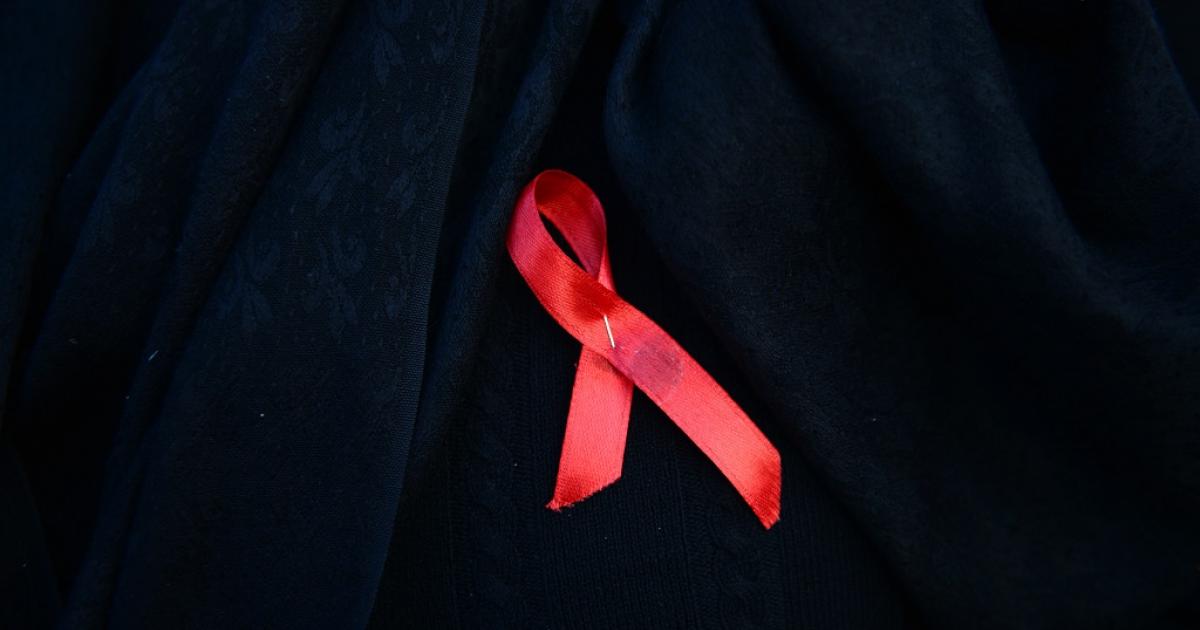
According to researchers, a leukemia patient in the United States has become the first woman and the third person to date to be cured of HIV after getting a stem cell transplant from a donor who was naturally resistant to the virus that causes AIDS.
The instance of a middle-aged mixed-race woman, presented in Denver at the Conference on Retroviruses and Opportunistic Infections, is also the first to use the umbilical cord blood. It is a newer strategy that could make the treatment more accessible to more individuals.
The woman has remained in remission and clear of the virus for 14 months without the need for powerful HIV medications known as antiretroviral therapy; since getting cord blood to treat her acute myeloid leukemia, cancer that develops in blood-forming cells in the bone marrow.
The two previous examples involved white and Latino men who had received adult stem cells. They are also more commonly used in bone marrow transplants.
Sharon Lewin is the President-Elect of the International AIDS Society. She said, “This is now the third report of a cure in this setting and the first in a woman living with HIV.”
Dr. Yvonne Bryson of the University of California, Los Angeles (UCLA) and Dr. Deborah Persaud of Johns Hopkins University in Baltimore are leading a larger U.S.-backed study. Its goal is to monitor 25 HIV-positive persons. They will receive a stem cell transplant from umbilical cord blood for the treatment of cancer and other serious illnesses.
“Cure for HIV is possible”
The cancerous immune cells in the study participants are first treated with chemotherapy to kill them. Doctors then transplant stem cells from people who have a particular genetic mutation that prevents the virus from infecting cells.
These people, according to scientists, likewise develop an immune system that is resistant to HIV.
Bone marrow transplants, according to Lewin, are not a viable option for curing most HIV patients. The findings, she said, “confirm that a cure for HIV is possible and further strengthens using gene therapy as a viable strategy for an HIV cure.”
The transplantation of HIV-resistant cells, according to the study, is also a crucial component of success. Previously, experts thought that graft-versus-host disease had a part in a prospective therapy. It is a common stem cell transplant side effect in which the donor immune system assaults the recipient’s immune system.
“Taken together, these three cases of a cure post stem cell transplant all help in teasing out the various components of the transplant that were absolutely key to a cure,” Lewin said.
